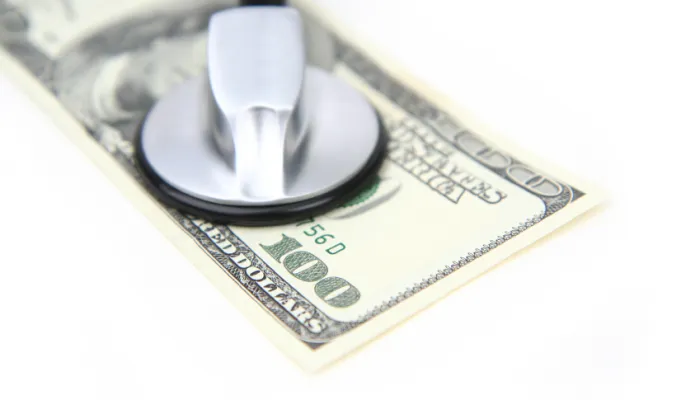President Releases his Health Care Plan
Update: The Wonk Room has put together a short table comparing the President's plan to the House and Senate bills. Check it out below.
Here it is. At first glance, it seems much closer to the Senate plan than the House plan, although with some key differences. We'll be writing more about this soon.
| Provision | Obama’s Bill | House Bill | Senate Bill |
| Affordability | Improves the Senate bill’s subsidies for lower income Americans. Families below $44,000 and above $66,000 would pay less in premiums. Also raises the percent of health costs that are paid by insurers from the Senate proposal. | Families earning below $55,000 would still receive more subsidies under the House bill, but Americans earning more than $55,000 would pay higher premiums (as compared to Obama’s proposal). The percent of costs paid by the insurers is higher than Obama’s proposal. | Families making under $55,000 would see higher premiums than Obama’s proposal and the percent of costs paid for by health insurers is lower than Obama’s proposal. |
| Excise Tax | ‘Labor agreement’ for everyone. Changes effective date of the Senate policy from 2013 to 2018. Raises the amount of premiums that are exempt from the assessment from $8,500 for singles to $10,200 and from $23,000 for families to $27,500 and indexes these amounts for subsequent years at general inflation plus 1 percent. | No excise tax. | 40% excise tax beginning in 2013 on individual polices worth $8,500 or higher and family policies starting at $23,000. |
| Payroll Tax | Adopts Senate bill approach and adds a 2.9% assessment on unearned income. | 5.4% surcharge on high-income households. | Payroll tax increase of 0.9% on earnings above a specific threshold for a total employee assessment of 2.35% on these amounts. |
| Individual Mandate | Mixed bag. May be easier for younger Americans to opt out. Lowers flat dollar amount to $695 by 2016 from the Senate bill and raises the alternative percent of income to House levels that individuals will pay for not having health insurance. Hardship waiver when premiums over 8% of their income, and couples under $18,700 are exempt from the requirement. | 2.5% of income by 2016 with a limit of the average national health premium. | Flat rate of $750 by 2016 and hardship waiver when premiums exceed 8% of income. |
| Employer Mandate | No mandate, free rider provision. Large employers (50+ workers) have to pay a fee if employees receive subsidies. Improves transition to free-rider policy by subtracting first 30 workers. (A firm with 51 workers that does not offer coverage will pay an amount equal to 51 minus 30, or 21 times the applicable per employee payment amount.) | Employer mandate. The House bill requires a payroll tax for employers that do not offer health insurance that meets minimum standards. | No mandate, free rider provision. Large employers have to pay a fee if taxpayers are supporting the health insurance for their workers. |
| Grandfathered plans | Plans have to conform to new regulations. Plans have cover adult dependents up to 26yo, prohibits rescission. After exchanges begin in 2014, plans can’t institute annual and lifetime limits or pre-existing condition exclusions. Beginning in 2018, the President’s Proposal requires “grandfathered” plans to cover proven preventive services with no cost sharing. | “Grandfather” policy that allows people who like their current coverage, to keep it. Abide by all rules after 5 years. | “Grandfather” policy that allows people who like their current coverage, to keep it. |
| Medicare Donut Hole | Completely closes donut hole. Replaces $500 increase threshold increase limit with a $250 rebate to Medicare beneficiaries who hit the donut hole in 2010. Closes donut hole by phasing down the coinsurance so it is the standard 25% by 2020 throughout the coverage gap. | The House bill fully phases out the donut hole over 10 years. Raise the dollar amount before the donut hole begins by $500 in 2010. | The Senate bill provides a 50% discount for certain drugs in the donut hole. Raise the dollar amount before the donut hole begins by $500 in 2010. |

